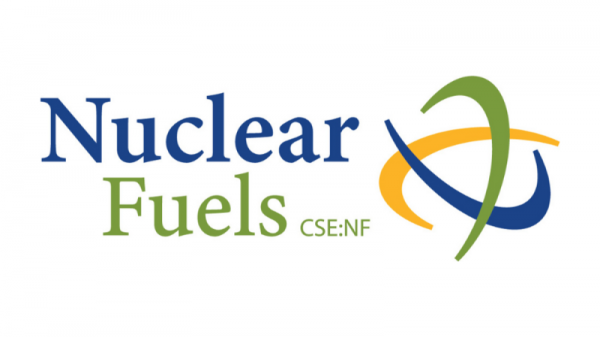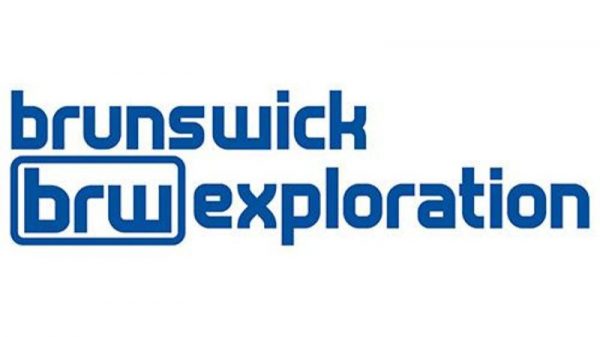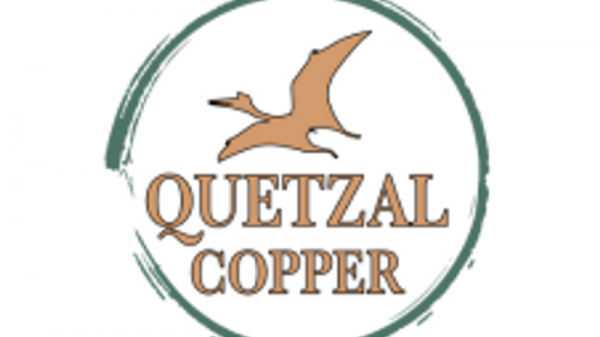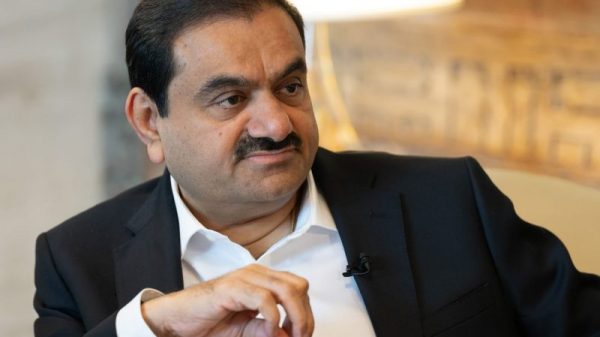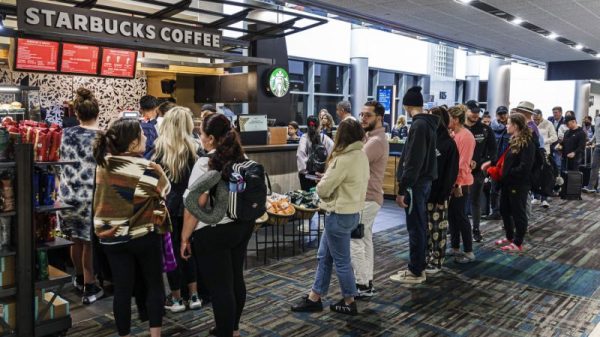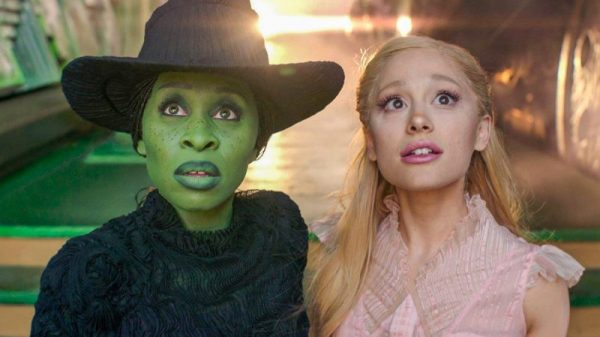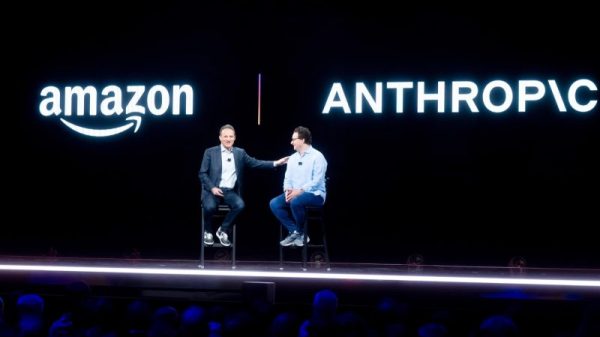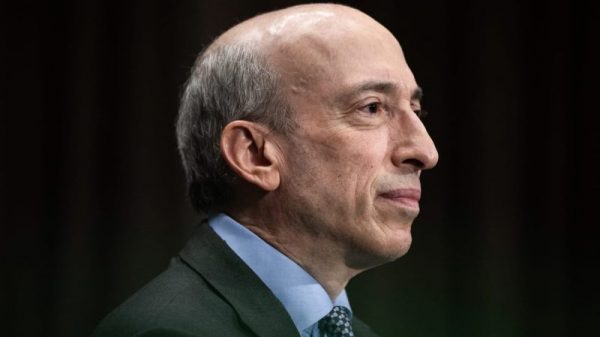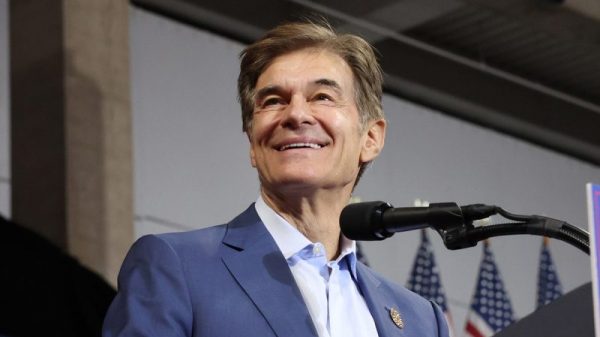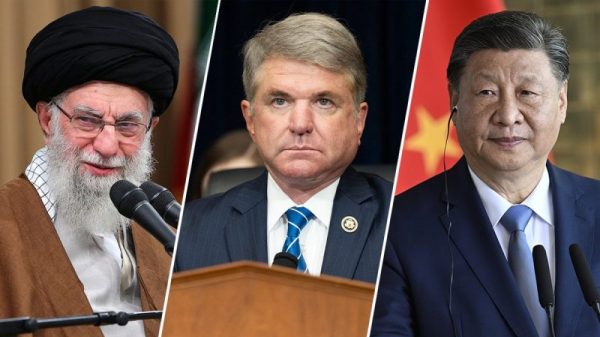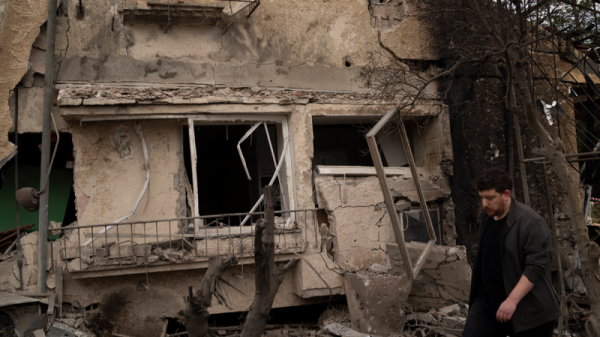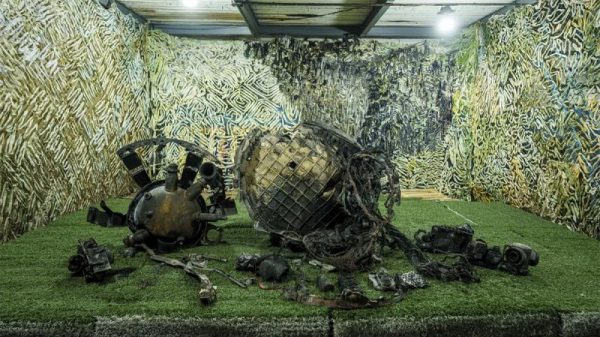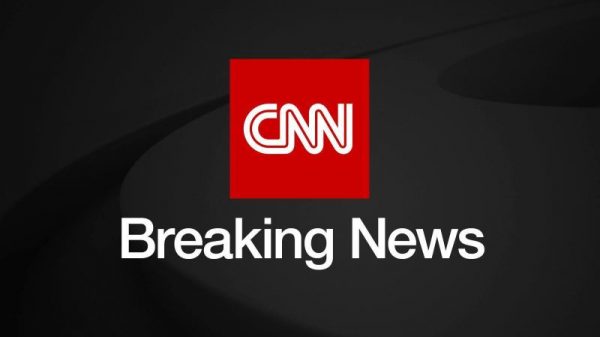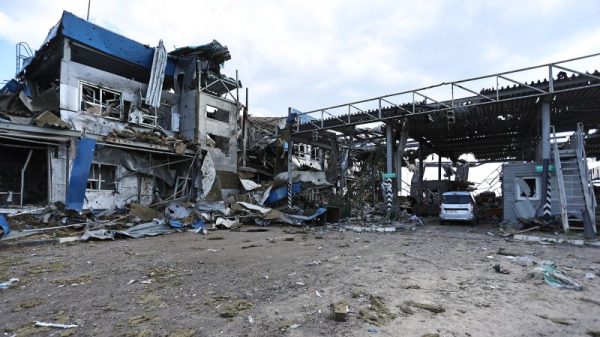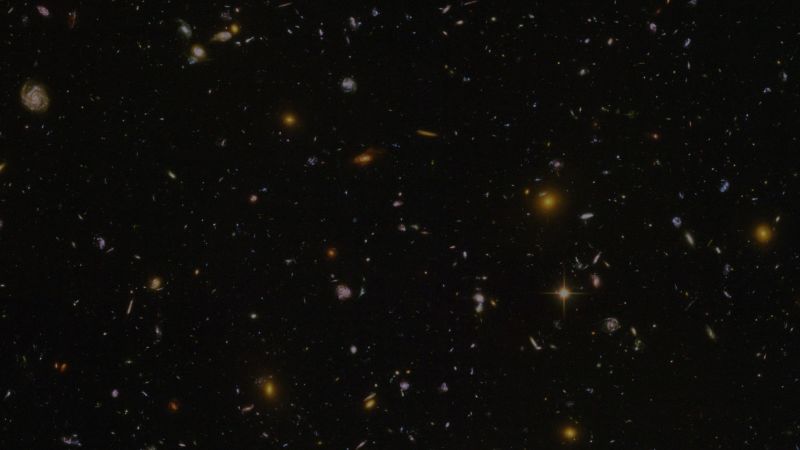After years of delays and a dizzying array of setbacks during test flights, Boeing’s Starliner spacecraft is finally set to make its inaugural crewed launch.
The mission is on track to take off from Florida as soon as May 6, carrying NASA astronauts Suni Williams and Butch Wilmore to the International Space Station, marking what could be a historic and long-awaited victory for the beleaguered Starliner program.
“Design and development is hard — particularly with a human space vehicle,” said Mark Nappi, vice president and Starliner program manager at Boeing, during a Thursday news briefing. “There’s a number of things that were surprises along the way that we had to overcome. … It certainly made the team very, very strong. I’m very proud of how they’ve overcome every single issue that we’ve encountered and gotten us to this point.”
Boeing and NASA officials made the decision Thursday to move forward with the launch attempt in less two weeks. However, Ken Bowersox, associate administrator for NASA’s Space Operations Mission Directorate, noted that May 6 is “not a magical date.”
Related article How SpaceX and NASA overcame a bitter culture clash to bring back US astronaut launches
“We’ll launch when we’re ready,” he said.
If successful, the Starliner will join SpaceX’s Crew Dragon spacecraft in making routine trips to the space station, keeping the orbiting outpost fully staffed with astronauts from NASA and its partner space agencies.
Such a scenario — with both Crew Dragon and Starliner flying regularly — is one for which the US space agency has long waited.
“This is history in the making,” NASA Administrator Bill Nelson said of the upcoming Starliner mission during a March 22 news conference. “We’re now in the golden era of space exploration.”
SpaceX and Boeing developed their respective vehicles under NASA’s Commercial Crew Program, a partnership with private industry contractors. From the outset, the space agency aimed to have both companies operating at once. The Crew Dragon and Starliner spacecraft would each serve as a backup to the other, giving astronauts the option to keep flying, even if technical issues or other setbacks grounded one spacecraft.
NASA did not initially envision, however, that SpaceX’s Crew Dragon would operate on its own for nearly four years before Boeing’s Starliner reached its first crewed test flight.
In the earliest days of the program, which awarded SpaceX and Boeing contracts in 2014, NASA had favored Boeing — a close partner dating back to the mid-20th century — over SpaceX, which the federal agency saw as a relatively young and capricious upstart.
Boeing, SpaceX and NASA’s vision
As recently as 2016, NASA was planning its schedule with the view that the Starliner would beat the Crew Dragon to the launchpad.
But the race between Boeing and SpaceX took a clear turn by 2020. Missteps riddled a Starliner test flight the prior year, leaving NASA and Boeing officials scrambling to figure out what went wrong. The Starliner did not dock with the space station on that mission due to software problems, including an issue with the spacecraft’s internal clock, which was off by 11 hours.
Meanwhile, SpaceX made history in May 2020 with the launch of its Demo-2 test flight, carrying astronauts Bob Behnken and Doug Hurley on a two-month mission to the International Space Station.
SpaceX’s Crew Dragon has been flying routine trips ever since, carrying NASA astronauts and even paying customers and tourists. The spacecraft has now flown 13 crewed missions to orbit.
Related article Boeing mission to send NASA astronauts to space station faces more lengthy delays
Boeing, however, has spent several years contending with a string of challenges, including a list of issues that were uncovered in 2022 during the spacecraft’s second uncrewed test flight. Boeing’s commercial airplane division also has faced a series of scandals — including the 737 Max crisis and the recent quality control issues highlighted after a door plug blew off during an Alaska Airlines flight in January — that have damaged the company’s brand.
NASA officials at one point in 2020 even admitted that they had turned more scrutiny toward SpaceX and its unorthodox ways, while issues with Boeing’s Starliner slipped through the cracks.
“Perhaps we didn’t have as many people embedded in that process as we should have,” Steve Stich, NASA’s Commercial Crew Program manager, said at a July 2020 news conference.
“When one provider (SpaceX) has a newer approach than another, it’s often natural for a human being to spend more time on that newer approach, and maybe we didn’t quite take the time we needed with (Boeing’s) more traditional approach.”
Starliner’s setbacks
Boeing’s space division operates separately from its commercial airline team, and officials at NASA and the US aerospace giant have routinely sought to make that distinction.
NASA officials have also made clear they are working more closely with Boeing than ever, with personnel on the ground at Boeing facilities overseeing some of the fixes the company has put in place ahead of the upcoming Starliner flight.
“This is an important capability for NASA. We signed up to go do this, and we’re gonna go do it and be successful at it,” Nappi said Thursday. “I don’t think of it in terms of what’s important for Boeing as much as I think of it as in terms of what’s important for this program.”
Still, Boeing and NASA have had a long list of issues to address.
During the last flight test in 2022, for example, engineers found that the suspension lines on the Starliner’s parachute had a lower threshold for failure than initially expected.
Related article NASA says it expected space station garbage to burn up. The debris smashed into a Florida home instead
NASA and Boeing engineers tested a fix for that issue earlier this year, but parachutes will remain top of mind as they work through some last-minute checkouts before liftoff, Stich said Thursday.
Some tape that was also used to protect wiring harnesses was found to be flammable, and Boeing had to remove and replace about a mile’s worth of the material, according to Nappi.
Boeing may even need to implement a redesign of some of the spacecraft’s valves because of corrosion issues. That upgrade, however, is not expected to be in place until the second crewed flight, slated for 2025, at the earliest.
On May’s inaugural crewed flight, Boeing will instead use a “perfectly acceptable mitigation” that should prevent the valves from sticking, Nappi said in March.
Starliner and safety
Despite the long path to the launchpad, the two people at the center of the Starliner’s first crewed mission — Williams and Wilmore, two longtime NASA astronauts — said as they arrived at the launch site that they are as confident as ever.
“We want the general public to think it’s easy, but it’s not — it’s way hard,” Wilmore said after arriving at Starliner’s launch site in Florida on Thursday. “We wouldn’t be here if we weren’t ready. We are ready. The spacecraft’s ready, and the teams are ready.”
Wilmore mentioned at a March news conference that he is not expecting the Starliner spacecraft to enter any “failure modes.”
Related article 5 ways the Columbia disaster changed spaceflight forever
“But if something were to occur — because we’re all humans, we can’t build things perfectly — if something were to occur, we have several downgrade modes,” he said during the news conference, referring to modes that give the astronauts the ability to take more manual control over the spacecraft if something doesn’t go to plan.
Williams said during a March news event, “We wouldn’t be sitting here if we didn’t feel — and tell our families that we feel — confident in this spacecraft and our capabilities to control it.”
She added during the Thursday news briefing in Florida, “I have all the confidence in not only our capabilities and the spacecraft’s capabilities, but also our mission control team, who’s ready for the challenge.”



